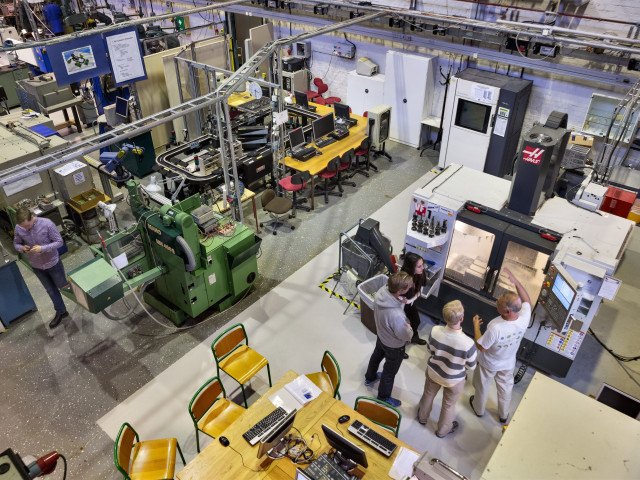• Work physiology
• Work related musculoskeletal disorders
• Visual ergonomics
• Noise
• Vibrations
• Theories on acute and long term health effects
• Methods for exposure measurement and risk assessment
• Intervention strategies

Course offerings are missing for current or upcoming semesters.
Please note: all information from the Course syllabus is available on this page in an accessible format.
Course syllabus HN2016 (Autumn 2019–)• Work physiology
• Work related musculoskeletal disorders
• Visual ergonomics
• Noise
• Vibrations
• Theories on acute and long term health effects
• Methods for exposure measurement and risk assessment
• Intervention strategies
The overall aim is to provide knowledge about the impact on health and performance from the physiological, visual and acoustic work environment, and how to improve these factors.
By the end of the course, the students should be able to:
• describe, exemplify and explain how work related factors within the field of physiological load, visual ergonomics, noise and vibrations affect safety, health, wellbeing, and performance.
• describe and reflect on theories about mechanisms linked to the above mentioned factors in causing work-related symtoms, disorders and performance effects.
• perform exposure measurements and risk assessments relating to the above mentioned factors.
• propose work environment improvements concerning the above mentioned factors and to identify facilitators and barriers for implementation.
• critically evaluate risk assessments and work environment improvements including relevant work environment regulations and scientific literature.
Academic first degree, 180 higher education credits in engineering or natural sciences or equivalent education. 15 credits in mathematics or statistics.
Technology and work on human terms, Prevent, ISBN 9789173650588
Helander, M, A guide to human factors and ergonomics, Second edition, CRC Press
Toomingas et al. 2011. Occupational Physiology. ISBN 9781439866962.
Wilson and Sharples, Evaluation of Human work, Taylor and Francis, 2015.
Anshel, J Visual ergonomics Handbook, CRC Press, 2005 (parts)
Scientific papers and e-books presented at the course start and listed at the course web
Based on recommendation from KTH’s coordinator for disabilities, the examiner will decide how to adapt an examination for students with documented disability.
The examiner may apply another examination format when re-examining individual students.
If the course is discontinued, students may request to be examined during the following two academic years.
Requirements for final grade:
Active participation in laboratory and other exercises
Written presentation of assignments
Written exam 4 credits A-F